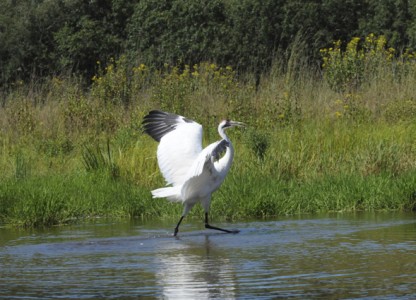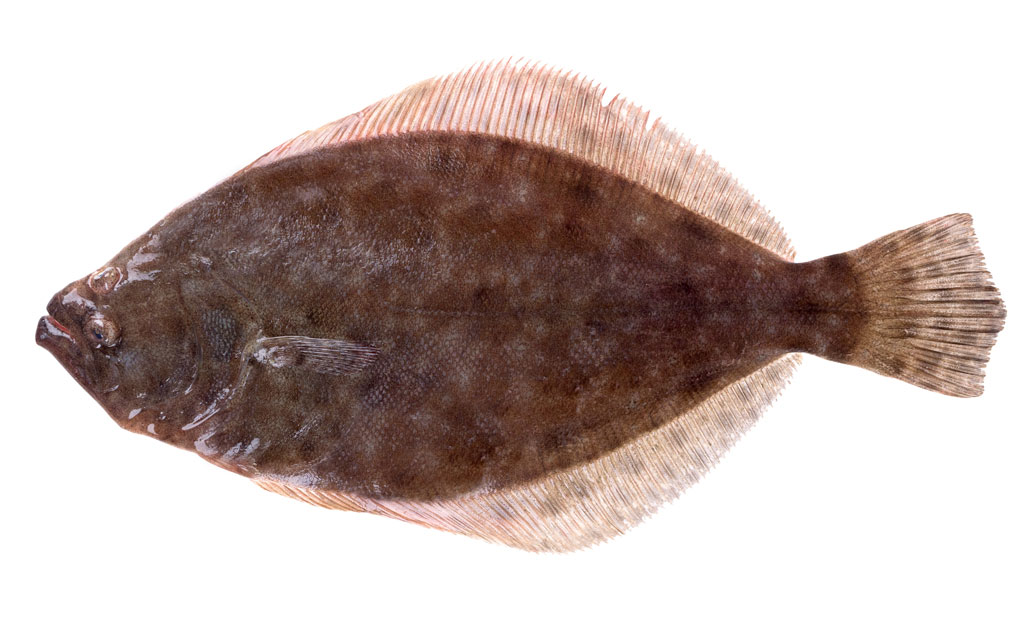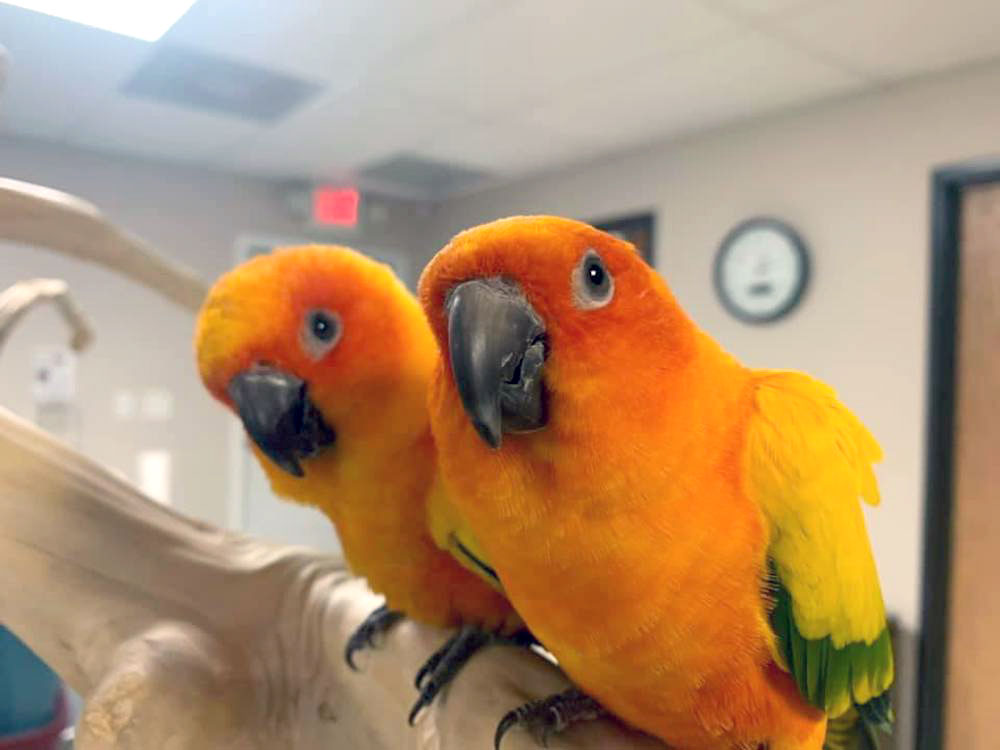
A whooping crane stretches its wings in the Aransas National Wildlife Refuge.
The first two were spotted in September, early adopters of the annual whooping crane migration route from Canada to the Aransas National Wildlife Refuge in South Texas. That's earlier than usual, according to the experts at the Texas Parks and Wildlife Department who employ citizen volunteers to monitor the ever-growing — but still endangered — flock.
The Texas Whooper Watch program helps track the birds across the United States on their annual trek. The bulk of the flock should have arrived at their winter home between late October and early November, making December through March an opportune time to visit the refuge for some cold-weather birdwatching.
Whooping Crane Comeback
In the 1940s, whooping crane numbers were estimated to be as low as 15 individual birds. Most of these tall, elegant creatures wintered on the Aransas Wildlife Refuge and summered in Wood Buffalo National Park in Canada. After a massive effort on the part of local and federal agencies, the Aransas-Wood Buffalo Flock, as the crane population became known, now numbers between 250 and 300 birds. Birdwatching enthusiasts from around the world arrive in Texas throughout the winter to catch a glimpse of these majestic animals in their natural habitat.
Whooping cranes are the tallest birds in North America, standing five feet with a seven-foot wingspan. After an elaborate mating ritual of dancing, leaping and trumpeting, a pair of cranes bond for life. Eggs are laid one to three at a time and tended by both adults. Most of the time, only one young crane survives from each nesting.
Juvenile whoopers will sometimes travel with sandhill cranes, so it’s important that hunters targeting sandhills take care to carefully identify their quarry before pulling the trigger.
After their 2,500-mile journey south from Canada, the cranes refuel on the bounty of the marsh. Blue crabs, small fish, mollusks and berries are all on the whoopers' menu. Local conservation groups such as the Mid-Coast Chapter of the Texas Master Naturalists do their part to help the birds by planting crane favorites, like Carolina wolfberry, in the marsh.
Popular ways to watch whoopers are boat tours and the observation towers in the refuge. Boat tours run out of Rockport. Call the Rockport Chamber of Commerce for more information.
Texas Whooper Watch asks that any Texas sightings beyond the known Aransas/Lamar area be reported via email to whoopingcranes@tpwd.state.tx.us or by phone at 512-389-TXWW (8999).





